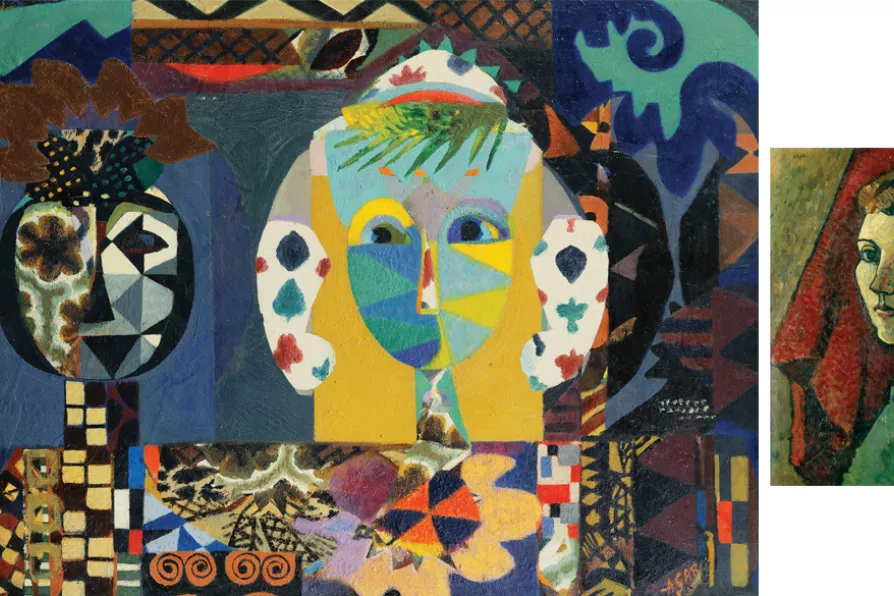RICHARD MURGATROYD enjoys a readable account of the life and meditations of one of the few Roman emperors with a good reputation

 NOTABLE: (Left) Alice with Lewis Carroll, 1961 and (right) Eileen Agar, 1927
NOTABLE: (Left) Alice with Lewis Carroll, 1961 and (right) Eileen Agar, 1927
Eileen Agar: Angel of Anarchy
Whitechapel Gallery, London
“LIFE’S meaning is lost without the spirit of play. In play, the mind is prepared to accept the unimagined and incredible, to enter a world where different laws apply, to be free, unfettered and divine.”
That was what Eileen Agar (1899-1991) believed and this fierce desire for freedom motivated her art. Her last wish was “to die in a sparkling moment.” A handsome woman, with a sense of entitlement, she succeeded in “sparkling” socially but unfortunately much of her work lacks the very sense of lightness and amusement which she rated so highly.
Born in Buenos Aires in 1899 to a Scottish industrialist and an American heiress to a biscuit manufacturer, Agar led a privileged life. After attending English boarding schools, she was “finished” in France before studying at London’s prestigious Slade School of Art.

CHRIS MOSS relishes the painting and the life story of a self-taught working-class artist from Warrington













